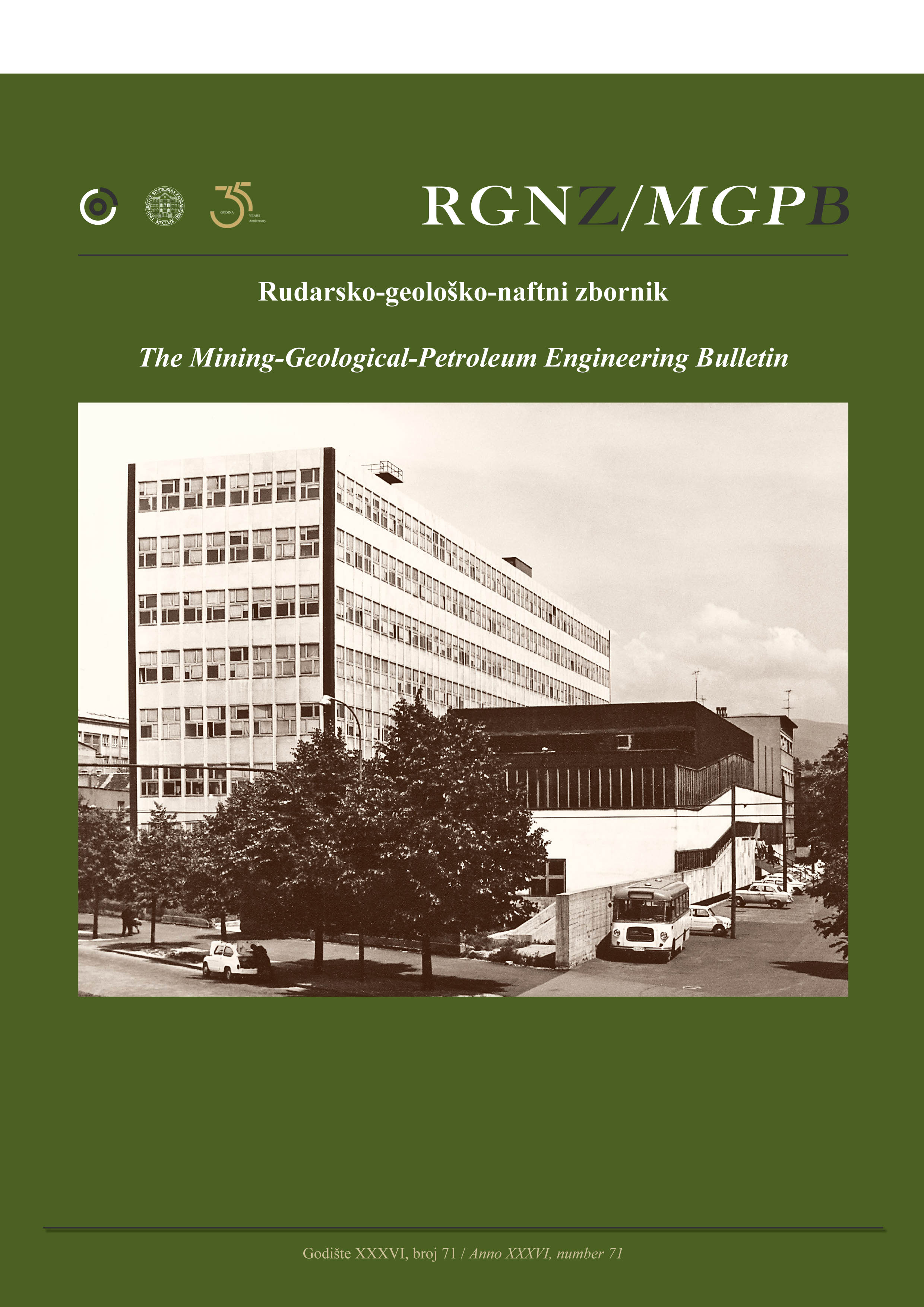The Performance of Bivariate Statistical Models in Landslide Susceptibility Mapping (Case Study: Cisangkuy Sub-Watershed, Bandung, Indonesia)
DOI:
https://doi.org/10.17794/rgn.2024.5.2Keywords:
landslide susceptibility modelling, bivariate statistical method, ROC curve, landslide density indexAbstract
Landslide occurrences are common in hilly and mountainous areas, especially in tropical countries with high rainfall and intensive weathering. Landslide susceptibility mapping (LSM) is an initial effort to mitigate landslide hazards. This research conducted a comparative study of four LSM maps, namely frequency ratio (FR), information value model (IVM), weight of evidence (WoE), and Shannon entropy (SE), for the Cisangkuy Sub-watershed, West Java. Those models determine the relationship between the landslide density and the causative factors. The model utilized 76 landslide pixels and 15 causative factors. 70% of the landslides were used as training data, and the remaining was used for validation. The 15 factors were selected from 27 causative factors. The highly correlated causative factors were removed to address multicollinearity. In addition, only causal factors related to landslide data are involved in the modelling. The receiver operating characteristics (ROC) curve and the landslide density index (LDI) method were used for model validation. All models indicate appropriate prediction rates for FR, IVM, WoE, and SE, which are 0.770, 0.790, 0.793, and 0.788, respectively. Based on the LDI analysis, the LDI values did not increase gradually from very low to very high susceptibility classes for each LSM map. However, the maps are still favorable because the classes that are most susceptible in all models have the highest LDI. The performance of the models may be influenced by the number of classes and classification methods used to categorize each continuous parameter, as well as the small quantity of landslide inventory data.
Downloads
Published
How to Cite
Issue
Section
License
Copyright (c) 2024 Sukristiyanti Sukristiyanti, Pamela, Sitarani Safitri, Ahmad Luthfi Hadiyanto, Adrin Tohari, Imam Achmad Sadisun

This work is licensed under a Creative Commons Attribution 4.0 International License.
Creative Commons-BY
Authors who publish with this journal agree to the following terms:
In agreeing this form, you certify that:
- You read the ethical codex of the RGN zbornik available at journal web.
- You submitted work is your original work, and has not previously been published and does not include any form of plagiarism.
- You own copyright in the submitted work, and are therefore permitted to assign the licence to publish to RGN zbornik.
- Your submitted work contains no violation of any existing copyright or other third party right or any material of an obscene, libellous or otherwise unlawful nature.
- You have obtained permission for and acknowledged the source of any illustrations, diagrams or other material included in the work of which you are not the copyright owner.
- You have taken due care to ensure the accuracy of the work, and that, to the best of your knowledge, there are no false statements made within it.
- All co-authors of this submitted work are aware of, and in agreement with, the terms of this licence and that the submitted manuscript has been approved by these authors.
Publication licence
You retain copyright in your submitted work, according to journal license policy (CC-BY). By signing this form you agree that RGN zbornik may publish it under the publication licence. In summary the licence allows the following:
Anyone is free:
- To copy, distribute, display, and perform the work.
- To make derivative works.
Under the following conditions:
- The original author must always be given credit.
- The work may not be used for commercial purposes.
- If the work is altered, transformed, or built upon, the resulting work may only be distributed under a licence identical to this one.
Exceptions to the licence
In addition to publishing the work printed under the above licence, RGN zbornik will also enable the work to be visible online.
The journal editorial can change the licence rules anytime but it cannot retroactively restrict author(s) rights.


